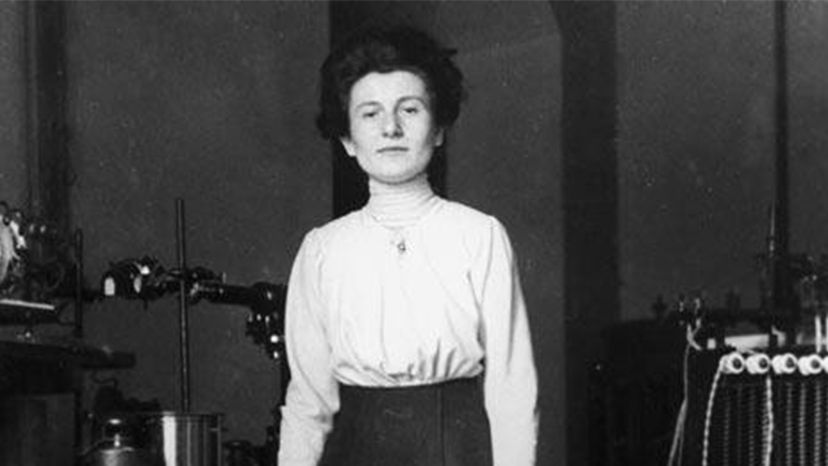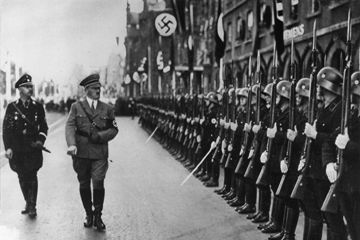
It's no secret that for centuries, women have faced innumerable obstacles pursuing careers in the fields of science, technology, engineering and mathematics, otherwise known as STEM. Many have faced challenges related not only to their gender, but also to their race, heritage, religion and more. And a few, like physicist Hedwig Kohn, have been afforded the opportunities and embodied enough resilience to triumph over those disadvantages.
Born on April 5, 1887, in Breslau, Germany (now Wrocław, Poland), Kohn paved a unique path for herself early on, auditing at a local university at the age of 20 — a year before women were even allowed to officially enroll. In 1913, she earned a doctorate in physics and went on to become one of just three women certified to teach the subject at a German university before World War II.
Advertisement
But in 1933, the rising Nazi powers forced Kohn and her fellow Jewish colleagues Lise Meitner and Hertha Sponer out of their jobs. Kohn was able to support herself through research work for the next two years, and in 1935, she was able to take on a three-month project in the Licht-Kosmetisches Observatorium in Arosa, Switzerland. But the short-term endeavor didn't pan out into a permanent escape from the atrocities occurring throughout Eastern Europe.
In November 1938, a two-day terror strike known as Kristallnacht, or the "Night of Broken Glass" took place. Nazis in Germany murdered nearly 100 Jews, arrested 30,000 men and sent them to concentration camps, and destroyed Jewish homes and businesses. Kohn knew she had to get out — but how? She lacked the global acclaim that might warrant an international work visa, and most American university jobs required job applicants to have recent teaching experience, a qualification Kohn lacked due to the Nazi-imposed ban.
In the same month of Kristallnacht, a Princeton University physicist named Rudolf Ladenburg began pushing for Kohn's immigration. Ladenburg had directed Kohn's research in Breslau and had made a name for himself at Princeton. With the help of his initial insistence, the International Federation of University Women (IFUW) and the Society for the Protection of Science and Learning (SPSL) in London created a university position for Kohn in 1939. But just before she could flee, World War II officially broke out, and England revoked all visas for "enemy aliens."
Refusing to give up hope, Kohn, Ladenburg and representatives from several international organizations exchanged more than 70 letters with institutions, eventually securing Kohn job offers at three U.S. schools. She was granted a visa to the U.S. via Sweden — just before her only brother was deported and killed by the Nazis.
Kohn eventually made it from Stockholm to Greensboro, North Carolina in 1940. She went on to spend nearly two decades teaching physics at both the Woman's College of the University of North Carolina and Wellesley College in Massachusetts. Though she retired in 1952, Kohn wasn't quite ready to call it quits on her career. She took on a research position at Duke University, studying flame spectroscopy, and according to the The Encyclopedia of Jewish Women, she "experienced a renaissance in the 1960s in the framework of combustion science and plasma physics."
By the time of her death in 1964, Kohn had produced numerous scientific publications, written several book chapters, secured a patent, and made a lasting impact as an innovator within the STEM world and beyond.
Advertisement

